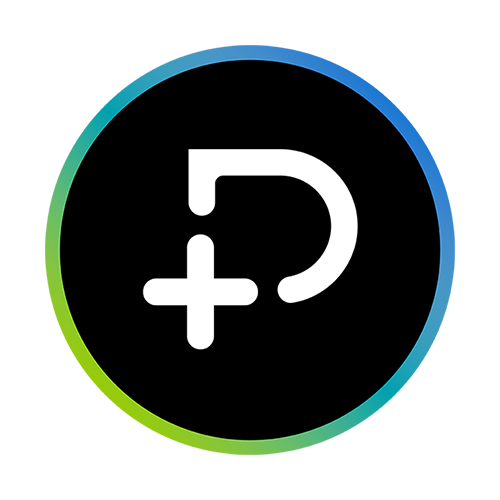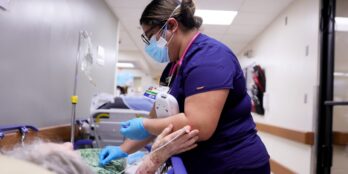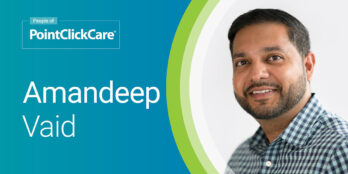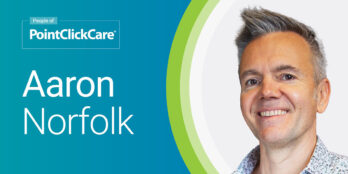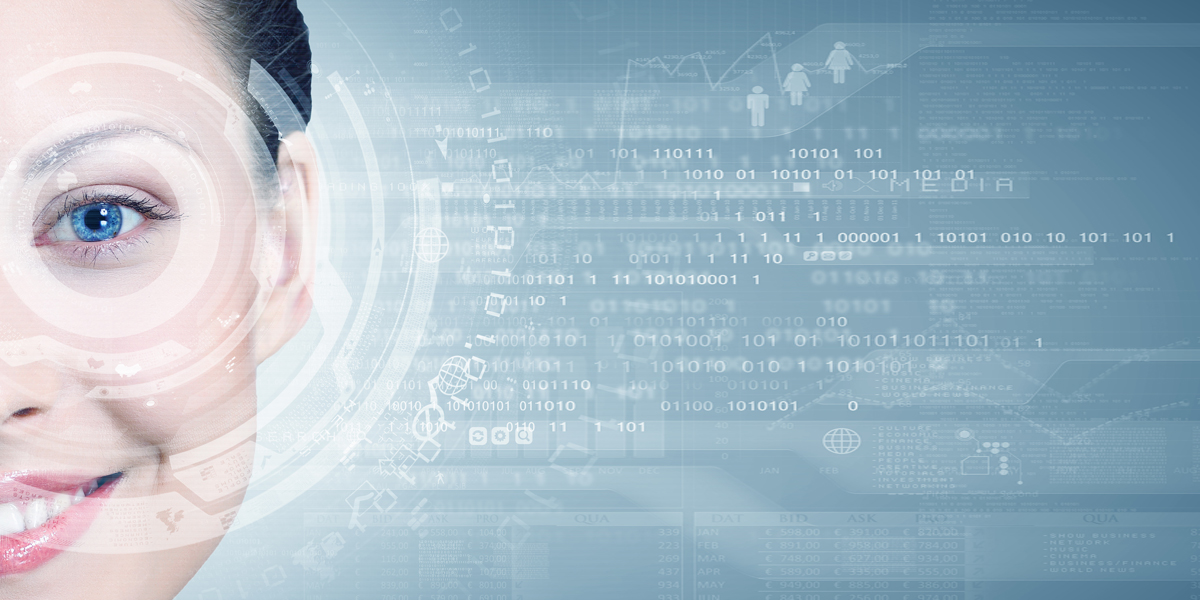
The Case for Data in Senior Care
 2 min
2 min
“Data.”
It’s highly likely that you’ve heard that word come up more and more in health and senior care. But why is it so critical for skilled nursing to not only jump on board, but rise to the forefront of the data movement?
The Case for Data
The increasing use of electronic heath record (EHR) platforms has enabled skilled nursing facilities to collect and store data over the past few years. Everything from medication management, to resident assessments, to MDS data is captured within the EHR platform. That data can then be used to collaborate with other care providers outside of the senior nursing facility. Data is the new ‘credibility currency’ in healthcare, and numbers can say a lot about a facility and the care it provides.
Operational efficiency is another important aspect of managing a senior nursing facility, and capturing data on the daily routines and practices of staff members can assist in identifying any inefficiencies or inconsistencies. For facilities who have multiple building locations, tracking the operational outputs can provide employees with an insightful snapshot of each location without ever setting foot in the building.
While regulatory bodies, such as CMS, have a heavy influence on the types of data points needing to be collected, there’s no standardized data sets that each facility is required to capture. However, as the need to collaborate across the care continuum increases and the amount of data captured escalates, it’s important for facilities to understand what data is the right data to collect.
Big Data
All of the data points skilled nursing providers track add up quickly and can seem unmanageable. Understanding what information your facility needs to collect, and the insights you’re looking to gain, can help determine how and when the data is captured. Having the right tools in place, in addition to an EHR, can help you manage and analyze the mass of data stored in your system.
Once you have the right data and the right tools, the benefits really start to pay off. For example, during a recent interview with Moulay Elalamy, the vice president of information technology at Benchmark, he identifies the benefit of tracking and analyzing big data:
“If you track 5,000 residents’ heart rate, temperature, hydration levels, and ‘fall events’ every hour, you’re on track to capture about 175 million data points per year – and that’s just when you include those four data points. That number only grows as you add more residents and more data points,” Elalamy explains. “But with all of this data at skilled nursing providers’ fingertips, they may be able to predict and ultimately reduce a resident’s fall or hospitalizations after the fact. How cool is that?”
So, on top of capturing and storing all of the various data points, skilled nursing providers will need a way to correctly analyze the information in order to make data-driven decisions that lead to quality health outcomes. Choosing the right technology partner that can help guide a care provider through this process is absolutely key. After all, skilled nursing data is only as good as a provider’s means of analyzing it.
Learn more about tracking, managing, and analyzing your facility’s data here.
Read More: Driving Conversations With Data
October 31, 2016

